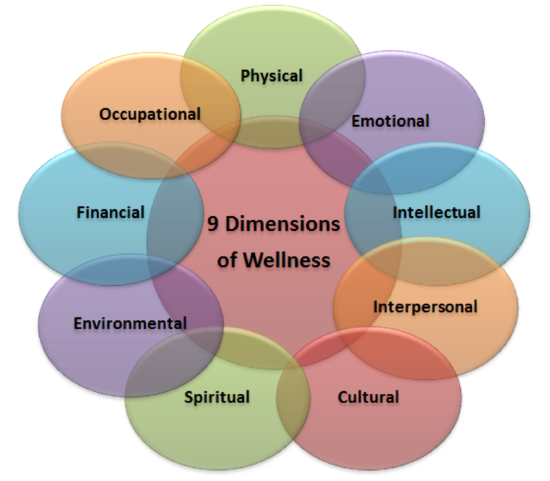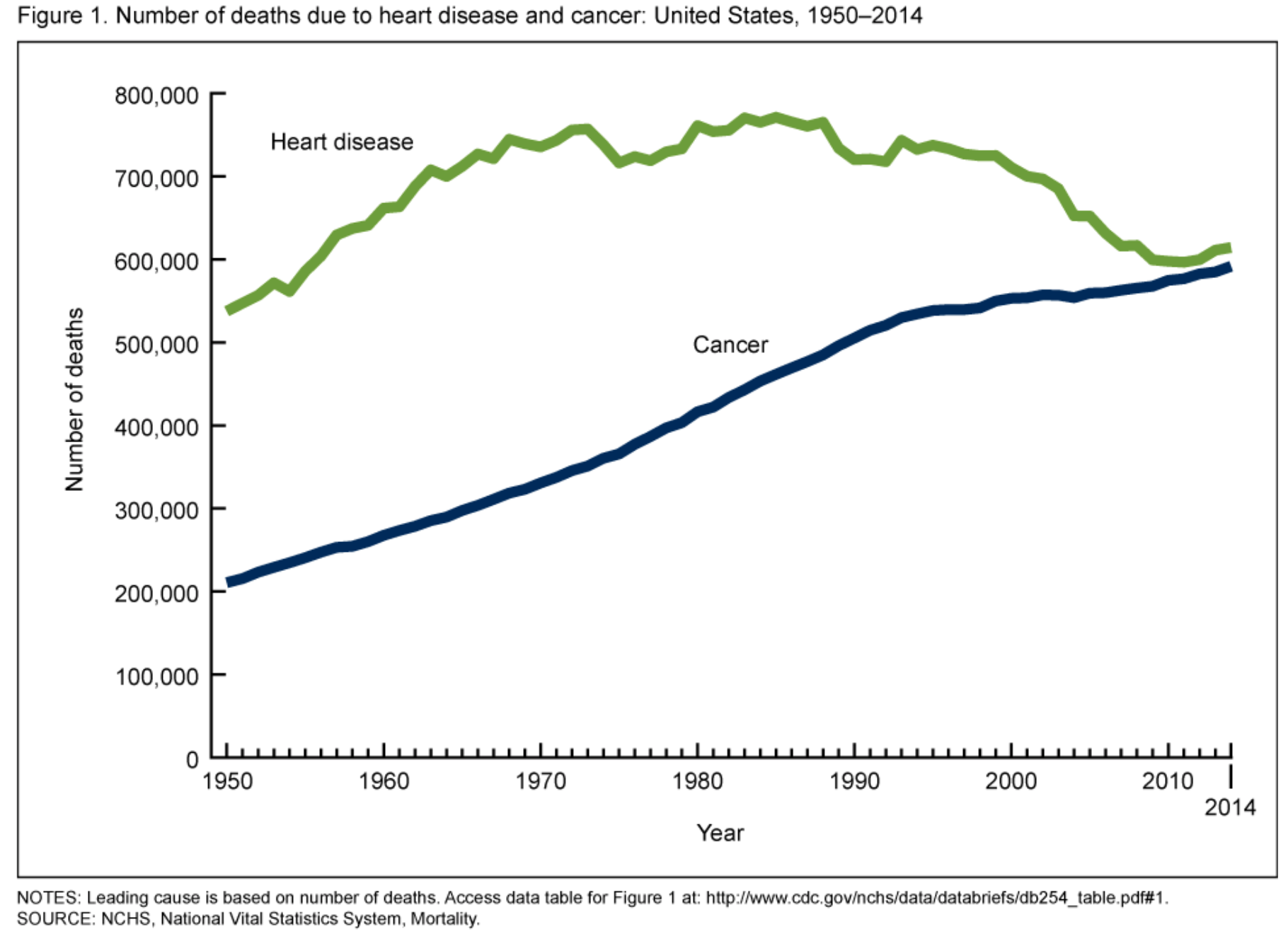What is Wellness?
Wellness is being in good physical and mental health. Because mental health and physical health are linked, problems in one area can impact the other. At the same time, improving your physical health can also benefit your mental health, and vice versa. It is important to make healthy choices for both your physical and mental well-being.
Remember that wellness is not just the absence of illness or stress. You can still strive for wellness even if you are experiencing these challenges in your life.
What are the Nine Dimensions of Wellness?

Learning about the Nine Dimensions of Wellness can help you choose how to make wellness a part of your everyday life. Wellness strategies are practical ways to start developing healthy habits that can have a positive impact on your physical and mental health.
The Nine Dimensions of Wellness are:
- Emotional: Coping effectively with life and expressing emotions in an appropriate manner.
- Environmental: Occupying pleasant, healthy, and safe environments that support well-being; positively impacting the quality of our surroundings (including protecting and preserving nature).
- Financial: Achieving satisfaction with current and future financial situations; handling finances wisely.
- Intellectual: Recognizing creative abilities and finding ways to expand knowledge and skills; being open-minded.
- Occupational: Personal fulfillment and enrichment from one’s work and/or responsibilities.
- Physical: Recognizing the need for physical activity, healthy foods, and adequate sleep; avoiding unhealthy habits.
- Social: Developing a sense of connection, belonging, and sustained support system; having positive relationships.
- Spiritual: Having a sense of purpose and meaning in life; establishing peace, harmony, and balance in our lives.
- *Cultural: The way you interact with others who are different than you; understanding and celebrating our differences. (*recently added).
Learn more about the Eight Dimensions of Wellness (does not include Cultural wellness) by watching the video below:
REFLECT ON THE FOLLOWING QUESTIONS
Your Own Views on Health and Wellness
- What does health mean to you?
- How important is health to you?
- What are some of your healthy habits?
- Which dimensions of wellness do you need to work on the most?
Leading Causes of Death in the United States
Do you know what the top two leading causes of death are for Americans? Heart disease takes the number one spot, followed by cancer. As you can see by the graph below, cancer death rates have been steadily increasing throughout the years. What does this potentially mean for the future? Is cancer going to take over as the number one leading cause of death? It certainly appears to be headed in that direction.

The 10 Leading Causes of Death in the United States:
- Heart disease: 614,348
- Cancer: 591,699
- Chronic lower respiratory diseases: 147,101
- Accidents (unintentional injuries): 136,053
- Stroke (cerebrovascular diseases): 133,103
- Alzheimer’s disease: 93,541
- Diabetes: 76,488
- Influenza and Pneumonia: 55,227
- Nephritis, nephrotic syndrome and nephrosis: 48,146
- Intentional self-harm (suicide): 42,773
To keep pace with emerging public health challenges and to address the leading causes of death and disability, CDC initiated an effort called Winnable Battles to achieve measurable impact quickly. Winnable Battles are public health priorities with large-scale impact on health and known effective strategies to address them. By identifying priority strategies, defining clear targets and working closely with our public health partners, we are making significant progress in reducing health disparities and the overall health burden from these diseases and conditions.
Candela Citations
- Dimensions of Wellnes and Major Health Concerns. Authored by: Contributed by Kelly Falcone Professor (Kinesiology and Health) at Palomar College. Provided by: LibreTexts. Located at: https://med.libretexts.org/Bookshelves/Health/Book%3A_Introduction_to_Health_(Falcone)/01%3A_Introduction_to_Health_and_Wellness/1.03%3A_Major_Health_Concerns. License: CC BY-NC-SA: Attribution-NonCommercial-ShareAlike
